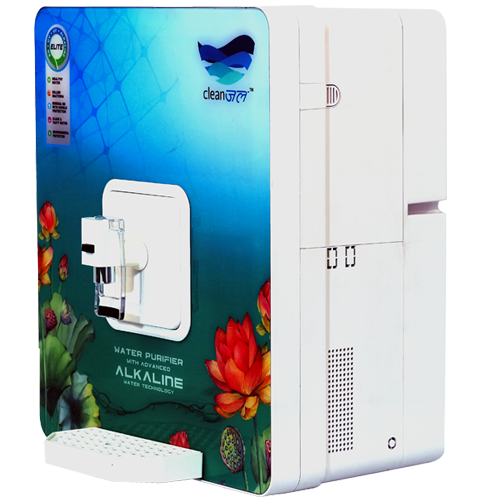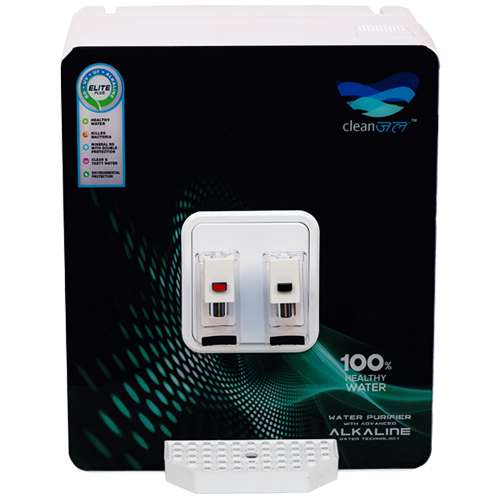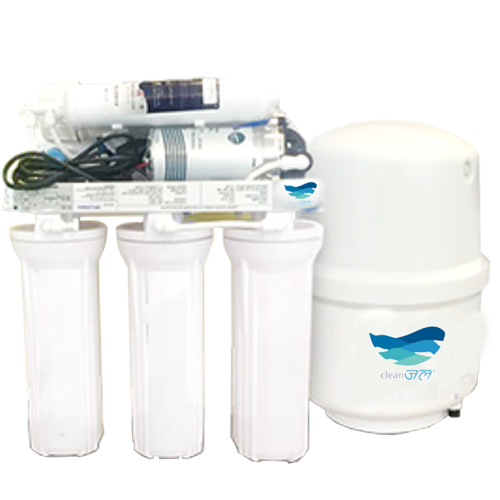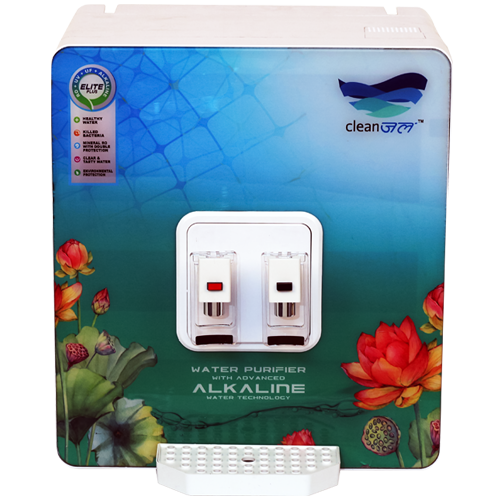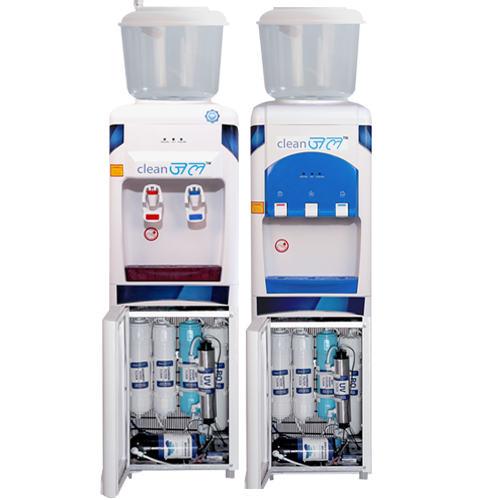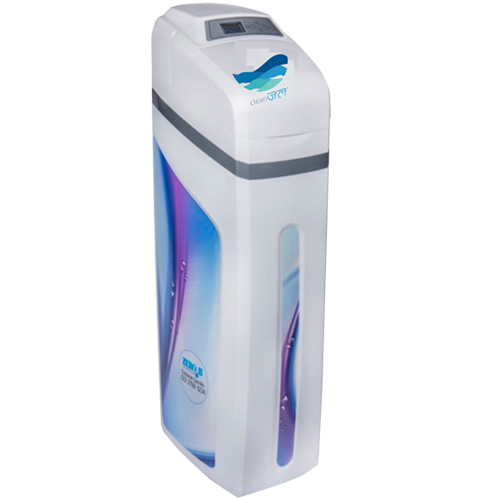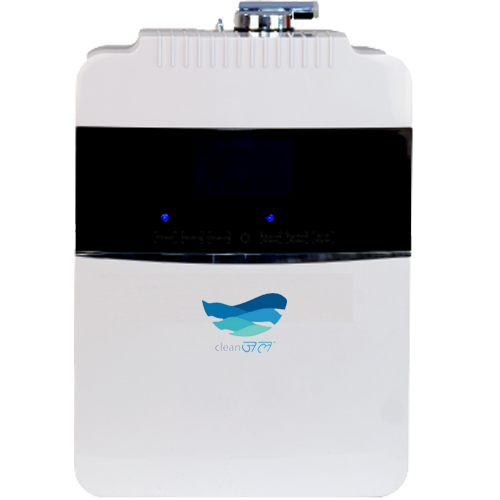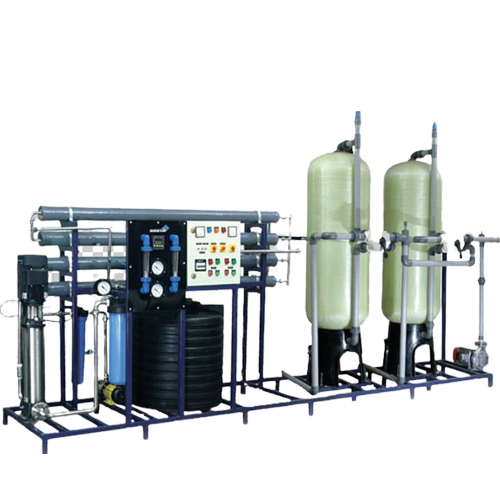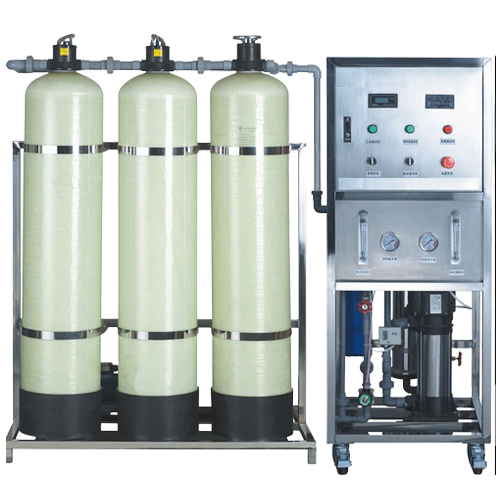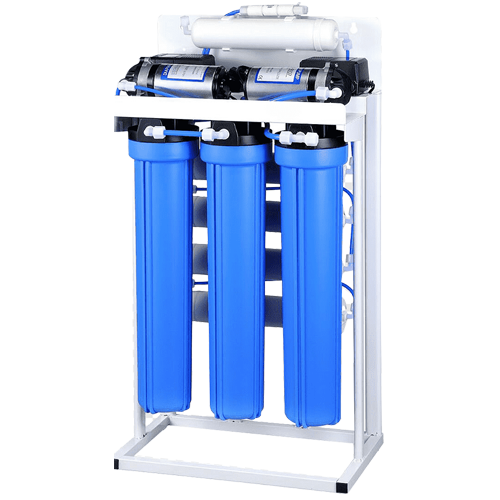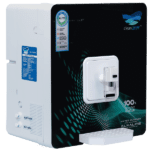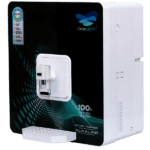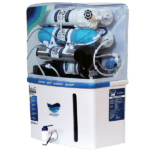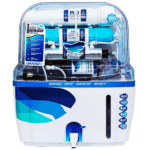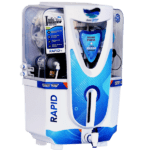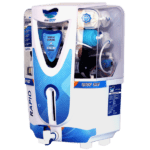Which Technology is Best for Water Purifiers? To maintain good health it is important to have clean drinking water. With equine technologies available for water sanctification, it can be gruelling to determine which one is best suited for your requirements.
This blog post aims to compare different water sanctification technologies to help you make an informed decision. So, read this article on the topic of Which Technology is Best for Water Purifiers to learn more about water purifiers.
Which Technology is Best for Water Purifiers?


Reverse Osmosis ( RO) Technology
Reverse Osmosis is a popular and extensively habituated water sanctification technology. It employs a semi-permeable membrane to remove pollutants, including bacteria, contagions, dissolved solids, and heavy essence.
RO systems are largely effective in producing clean and safe drinking water, but they can be fairly precious to install and maintain. Also, RO systems waste a significant quantum of water during the sanctification process.
Ultraviolet( UV) Technology
UV technology utilizes ultraviolet light to disinfect water by killing bacteria, contagions, and other microorganisms. It’s an eco-friendly result that doesn’t bear the use of chemicals or produce any dangerous derivations.
UV systems are generally bring-effective, easy to install, and bear minimum conservation. Still, UV technology doesn’t remove dissolved solids or chemicals, so it’s frequently combined with other sanctification styles for comprehensive water treatment.
Actuated Carbon Filtration
Actuated carbon pollutants are generally used in water cleansers to remove chlorine, organic composites, and certain heavy essence. They work by adsorbing pollutants onto the previous face of the carbon material.
Actuated carbon pollutants are fairly affordable, easy to use, and they ameliorate the taste and odour of water. Still, they may not be as effective in removing certain types of bacteria, contagions, or dissolved minerals.
Distillation
Distillation is a traditional water sanctification system that involves heating water to produce brume, which is also condensed back into liquid form, leaving behind pollutants.
Distillation effectively removes the utmost contaminations, including heavy essence, dissolved solids, and bacteria. Still, it can be energy- ferocious and time-consuming. Distilled water may also warrant certain minerals salutary to health.
Ceramic Filtration
Ceramic pollutants correspond to small pores that trap bacteria, protozoa, and other pollutants as water passes through. These pollutants are cost-effective, long-lasting, and can be fluently gutted.
Still, ceramic pollutants may not effectively remove contagions or dissolved substances, taking fresh treatment styles.
Conclusion
The choice of water sanctification technology depends on colourful factors similar to the quality of the water source, specific pollutants present, budget, and particular preferences.
Reverse Osmosis is largely effective but can be expensive. UV technology is eco-friendly but may bear fresh filtration. Actuated carbon filtration is affordable but may not exclude certain pollutants. Distillation is thorough but energy-ferocious.
Ceramic filtration is a practical option but may bear supplementary treatments. It’s essential to estimate your conditions and consult with experts to select the technology that best meets your requirements for clean and safe drinking water.


